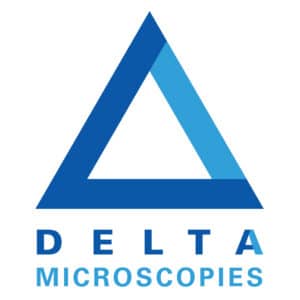making precision tools such as tweezers
Austenitic steel: (Nickel-rich austenitic steels are common in all areas with high corrosion resistance requirements) Low carbon type
SA – non-magnetic, generally used when corrosion resistance and toughness are essential requirements.
Aluminum alloy AL – low density, high electrical and thermal conductivity, good corrosion resistance in common environments, light weight – only used for the manufacture of tweezers.
TA titanium alloy – relatively low density (4.5 g / cm3), good mechanical properties and high temperature of use (1600 ° F / 870 ° C); good resistance to corrosion and non-magnetic. In general, it is used in addition to the high resistance to heat and corrosion, a very high strength / weight ratio is required.
“PTFE” coatings, TE – Superior anti-scratch and anti-stick material. Insulation and very high resistance to corrosion. Continuous use temperature 150 ° C (300 ° F)
MZ ceramic – alumina hardened with zirconia (ZTA). Not porous Superior hardness, corrosion resistance, heat resistance and insulation.
Conductive Plastic CF (PA66 / CF30) – Polyamide 66 reinforced with 30% carbon fiber
RF non-conductive plastic (PET’GF30) – 30% glass fiber reinforced polyethylene terephthalate.
PEEK / CF30: Polyetheretherketone reinforced with 30% by weight carbon fiber – High performance plastic CP type. Very hard, high tensile and flexural strength, high wear resistance. High resistance to heat (260 – 300 ° C). Excellent resistance to most chemicals. ESD safety, low surface resistivity (102 ohm). Substitute directly all static dissipators of shock absorbers CF or RFSoft ESD (antistatic). Vulcanized rubber NBR
Synthetic fiber SV – PVDF, reinforced polyvinylidene fluoride carbon fiber
Nickelage – NP, superior corrosion resistance to seawater, alkalis and organic acids




le code Matériaux, alliage matériaux est intéressant cela permet de faire le bon choix de l’outil en fonction de votre application.